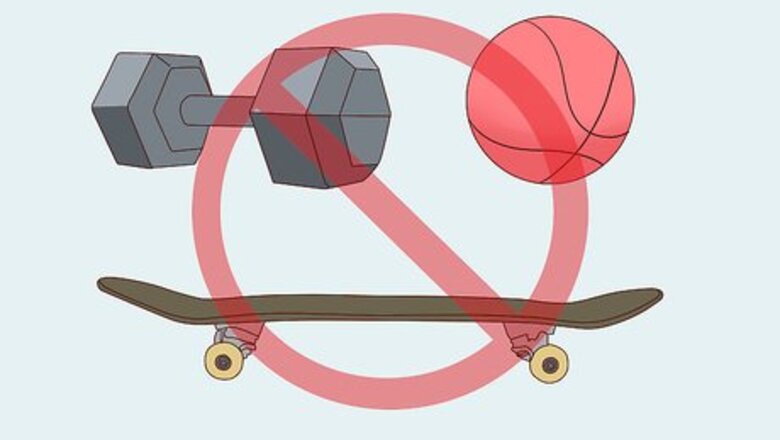
views
Using the RICE Method in the First Few Days
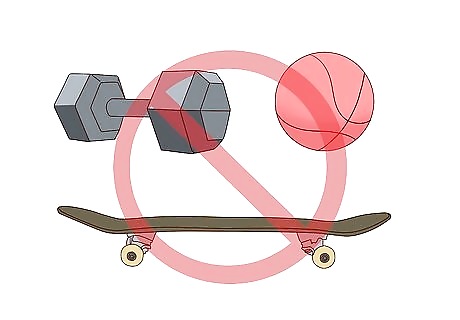
Stop whatever you're doing when you feel your knee get injured. It's common to think you should play through the pain, meaning you should keep going even if you're hurting. However, knee injuries are serious, and you can make things worse if you don't stop what you're doing. In the first 3 days after your injury, use the RICE method even before you see your doctor.
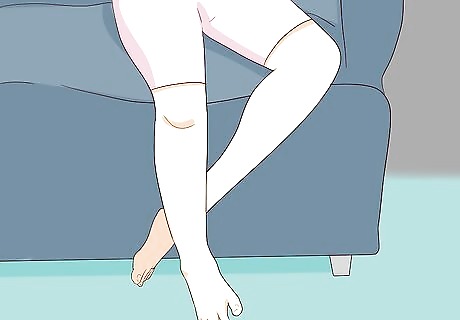
Stay off your knee. "Resting" is the first part of the RICE method. It means you should stay off your knee as much as possible in the first few days, particularly if you haven't seen the doctor yet and you don't know what's wrong. Resting your knee keeps you from making the injury worse and helps start the healing process. Take a few days off from work if you can. Ask for help around the house.
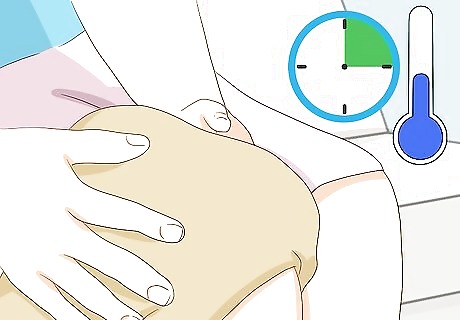
Use ice to reduce pain and swelling. "Ice" is the "I" in RICE. Apply ice to your knee for 15-30 minutes at a time and do so as often as possible for the first 48 hours after the injury. Take breaks of at least 10 minutes between each application. After the first 48 hours, you can switch to applying ice every 2 hours. The ice will make your joint feel better by numbing the pain and help with inflammation. Always use a towel between the ice and your skin, as ice against your skin can damage it. Avoid applying heat, as that could make the swelling worse.
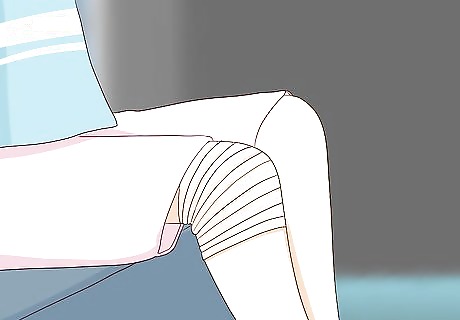
Put on an elastic bandage or a brace to compress it. The "C" stands for "compress." Compressing the joint gives it support and allows it time to heal. You can use an elastic knee brace, or you can wrap an ace bandage around your knee and leg. You should wear this bandage as long as your knee feels injured or at least until you see the doctor if you decide to go. To wrap your leg, extend it in front of you. Start with one end of an ace bandage, and wrap it all the way around your lower thigh so it goes back over itself. Then, move down your leg, overlapping the bandage as you wrap it around and around your leg. Leave a little extra space when you go around your knee cap. When you reach the end, tuck it in or let it stick to itself if it's the self-adhesive kind. Don't wrap it so tight that it cuts off circulation.
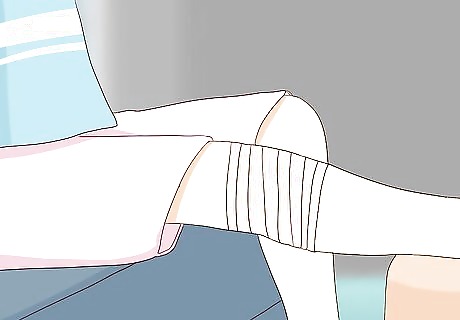
Elevate the leg to reduce swelling. "Elevate" is the final part of RICE. Keep your knee propped up on a footstool or the couch. In bed, you may want to put a pillow behind your knee to prop it up. If you're at work, try propping your leg up on another desk chair. When you elevate your leg, the fluid around your knee has to work against gravity, so some of it will drain away.
Seeing the Doctor for a Diagnosis
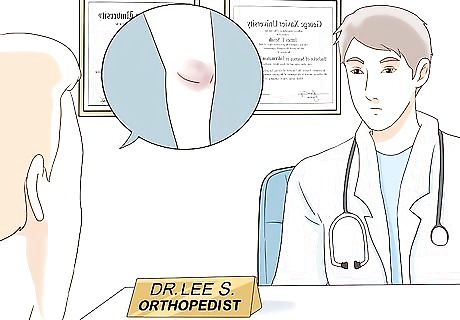
Visit the doctor for swelling, trouble moving your knee, or trouble bearing weight. Light swelling is probably okay, but if you have severe swelling and you can't extend your leg, you should see the doctor. You should also see the doctor if you can't stand on your leg or your knee looks obviously deformed. If you have a fever in addition to redness or swelling around your knee, visit your doctor, too.

Go prepared to discuss any injuries you've had. Your doctor will want to know the details of how you injured your knee. For instance, they will want to know what kind of movement caused the injury and if you felt or heard a "pop" when it happened. Similarly, your doctor will want to know how quickly it swelled (if it did) and whether you had pain almost immediately or if it came on slowly.
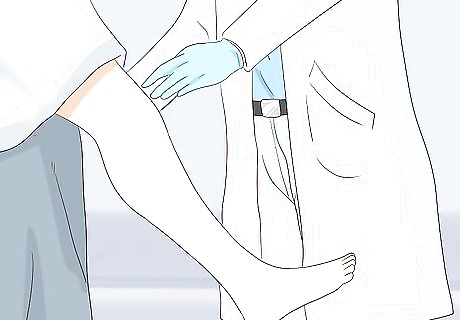
Expect the doctor to perform a physical exam. They will compare the problematic knee to your other knee. They may also see how far you can extend your leg. You may need to stand on your knee if it's not too painful. Let your doctor know if you experience any sharp or dull pain during this examination, as that information could be useful. The doctor will also likely push on your knee gently or try to pull on the ligaments, depending on what kind of injury they think you have.
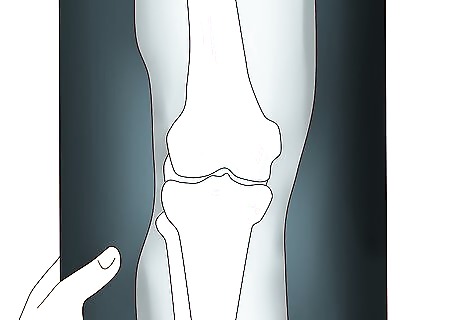
Be ready for x-rays and other imaging tests. Your doctor may want a standard x-ray or a CT scan. A CT scan combines x-ray images from different angles to create a more complete picture. These imaging scans work best for examining your bones. If your doctor suspects issues with your ligaments or muscles, they may order MRIs or ultrasounds. These tests shouldn't be painful. You'll just need to lie still while the technician takes the images.
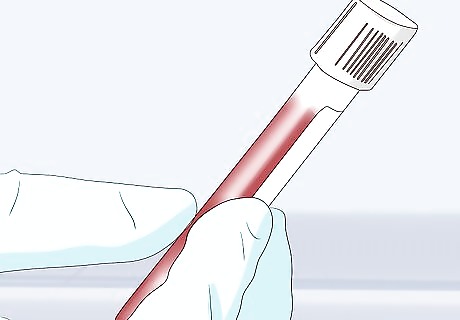
Discuss the need for other diagnostic tests, like blood tests. Some knee problems are due to issues like gout. In that case, you may need to have blood drawn. A technician will take blood from your arm to send off for testing. Another possible test is having fluid drawn from the knee. If you have fluid drawn from your knee, the doctor will numb the area first. Then, they will use a long needle to extract the fluid. It should be relatively painless, though maybe a bit uncomfortable.
Trying Medical Interventions at Your Doctor's Office
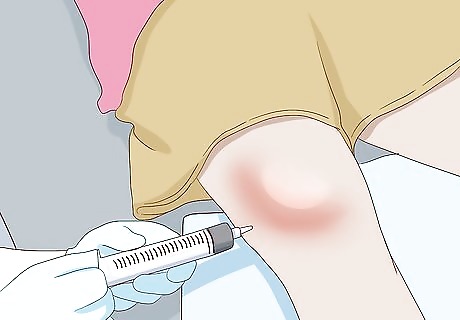
Ask your doctor about aspiration for swelling. If your knee is very swollen, they may offer a procedure called aspiration. They will use a needle to draw off fluid from the knee, which will help with the swelling and pain. This procedure may take a few minutes, and they may use imaging scans to help guide the needle. Typically, they will numb the area before inserting the needle.
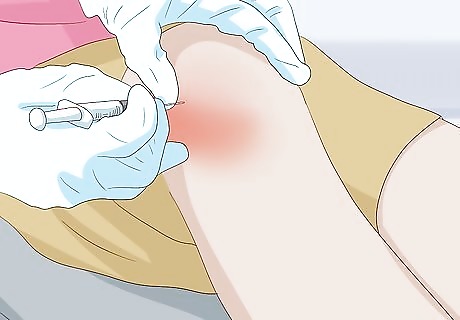
Talk to your doctor about knee injections, which may be beneficial. Several types of knee injections are available to you. Your doctor will know which options are best for your particular situation, but they can decrease your pain and inflammation. You may need just 1 shot or a series of shots. They will typically numb the area before making an injection, so it usually isn't painful. One type is a corticosteroid shot. It can help with inflammation and pain, including arthritis pain. Another type is hyaluronic acid. The fluid in this shot is similar to the lubricant your body already produces, and the doctor would insert it into the joint. It may help with pain. A platelet-rich plasma injection works best for younger people. It may also help older people with arthritis. It may reduce inflammation and encourage healing.
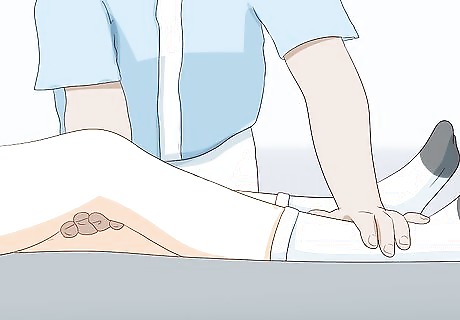
Check with your doctor to determine if you need a physical therapist. With some knee injuries, a physical therapist can help you build up strength and flexibility in your knee, without making the injury worse. Plus, they can teach you how to wrap your knee appropriately to protect it from further injury. Insurance typically covers at least some physical therapy. Exercise is an important part of rehabilitation after a knee injury. Talk to your doctor or physical therapist about what kinds of physical activity are safe and appropriate for you during your recovery.
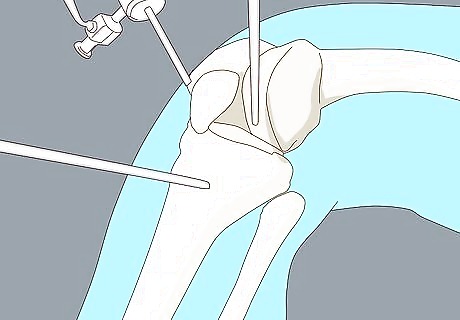
Discuss whether surgery may be necessary. Not all knee injuries will require surgery, but some will. Torn ligaments, in particular, which are usually classified as grade III sprains, often need surgery to repair them. Talk to your doctor about whether this is a necessity for you. Another type of surgery is a partial-knee replacement, where the doctor just removes and replaces the damaged parts with metal or plastic. This surgery can also sometimes be done with small incisions, lessening your recovery time. You may also need a complete knee replacement, where the doctor takes out the joint and puts in metal or plastic replacements. Typically, you'll need a traditional surgery for this procedure, so the recovery time is a bit longer.
Caring for Your Knee at Home over the Long Term
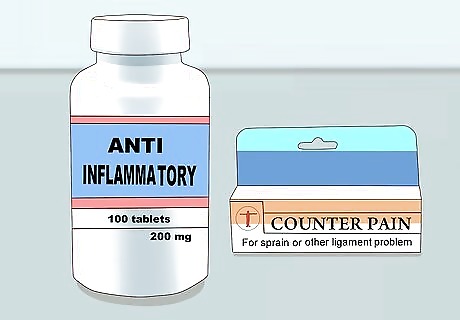
Take any medications prescribed by your doctor. Your doctor may recommend an anti-inflammatory, for instance, if you have a sprain or other ligament problem. Alternatively, if you have something like gout, the doctor will prescribe something to treat it. Talk to your doctor or pharmacist if you have any questions about the medication. Ask your doctor about what over-the-counter medications you can take to help. Your doctor may also prescribe you creams to help numb the pain.
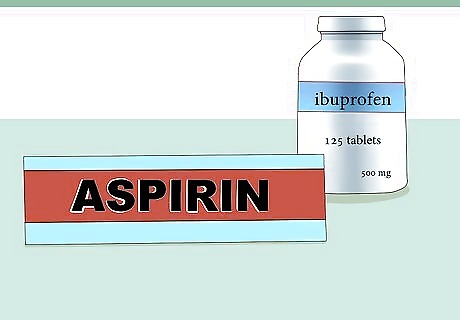
Use over-the-counter NSAIDs to help with pain and inflammation. Try aspirin, ibuprofen, or other NSAIDs like naproxen sodium. These medications have some anti-inflammatory properties that may help the swelling, and they will also help with the pain. Always read the instructions on the back of the bottle when taking any medication. Talk to your doctor about which one is best for you. You can also try over-the-counter pain relief creams.
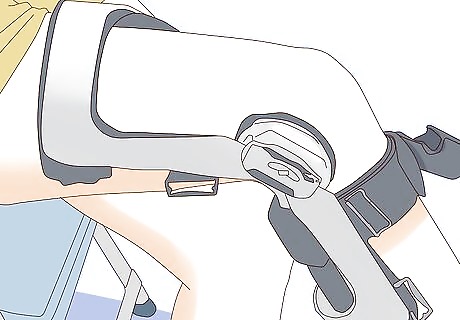
Wear a knee brace or cast if you have a fracture or ligament injury. The doctor will likely recommend you get one of these to immobilize your knee with certain types of injuries. They help keep your knee in place so it has a chance to heal. The cast will need to be put on the doctor's office. You can get knee braces at most pharmacies and big box stores.
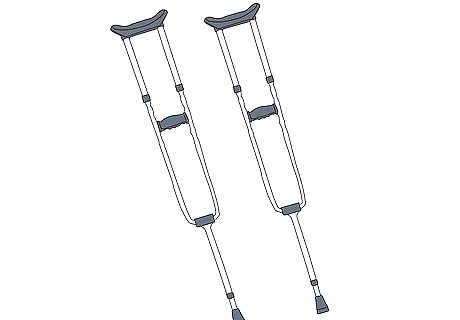
Use crutches to take weight off the knee. With many injuries, taking weight off will give your knee time to heal. It can also relieve pain, as you won't be putting strain and stress on the bone, joint, or ligaments. If it's easier for you, you can use a walker or even a wheelchair. You can find crutches at pharmacies, big box stores, and medical supply stores. If you're low on cash, you can sometimes find crutches at thrift stores, or your insurance may cover it if your doctor writes a prescription for them.
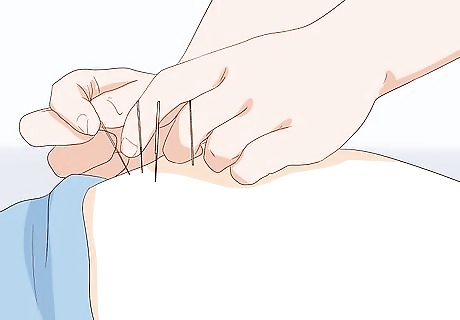
Try acupuncture for pain relief. Some people have good luck with pain relief from acupuncture. Acupuncture is where a practitioner places small needles in your body to help with ailments. It's a relatively painless and safe procedure, as long as you go to a reputable acupuncturist. Ask your doctor for a recommendation for a local acupuncturist.
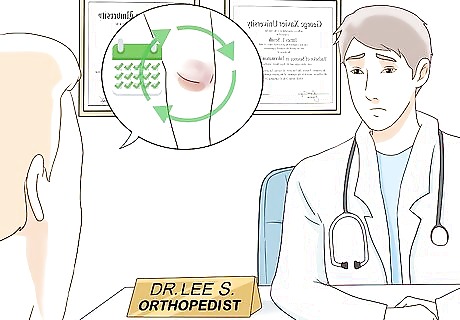
Follow up with your doctor if your knee continues to hurt. Your doctor or physical therapist will likely give you an estimate of how long your recovery should take. If you feel that you are not healing as quickly as you expected, or if you have any other concerns, call your doctor for an appointment. They may need to run further tests to determine if there are any complications that might be delaying your healing.




















Comments
0 comment